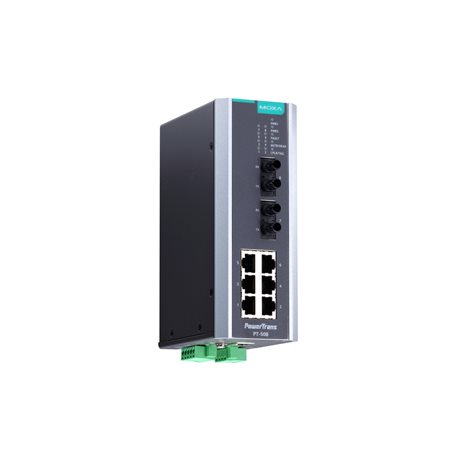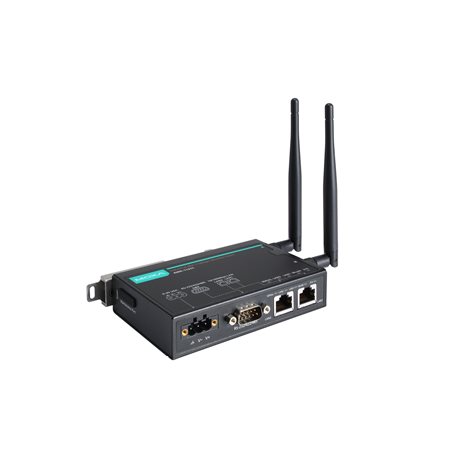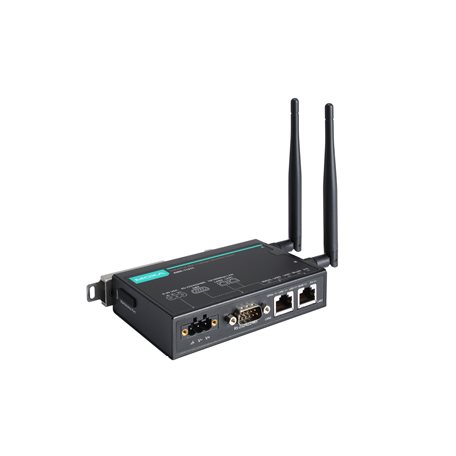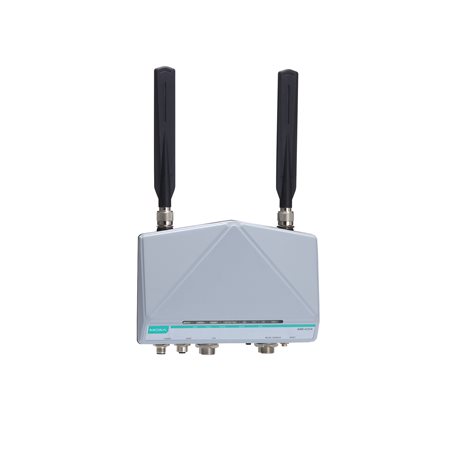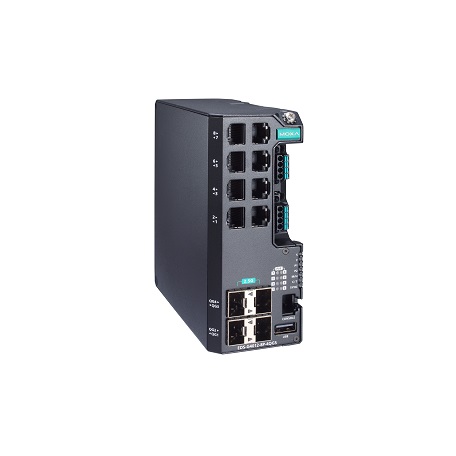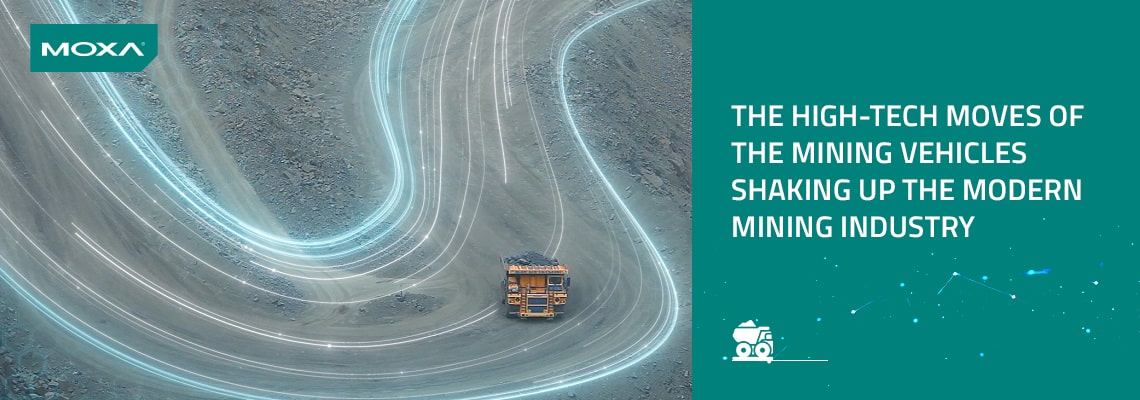
In today's mining landscape, the role of specialized mining trucks is clear for the efficient transport of materials across challenging terrains. These robust vehicles come in various forms, such as loaders, dump trucks, and haul trucks, each serving a unique purpose.
These massive machines, often weighing hundreds of tons and representing substantial investments, are being equipped with an array of cutting-edge technologies to meet the demands of modern mining. Features like autonomous operation, enabled by self-driving and remote-control capabilities, are highly sought after in mining vehicles. Leveraging operational data, these trucks can optimize their activities, predict maintenance requirements, and fine-tune their routes and operational parameters. Internet-enabled trucks can also communicate with each other, enhancing coordination and overall efficiency.
Establishing Seamless Communication in Modern Mining Vehicles
Two fundamental aspects are pivotal for the operation of mining vehicles in the modern mining landscape. These aspects foster efficient communication among vehicles, optimizing their operations.
- Enhanced Wireless Connectivity for Autonomous Mining Vehicles
In remote mining locations and underground tunnels, the traditional approach of laying network cables for connectivity presents significant challenges. To overcome this, wireless connectivity has emerged as a viable solution. However, the rugged terrain and solid rock walls encountered in mining environments introduce signal interference, impacting the radio performance of wireless devices. Modern mining vehicles now incorporate innovative technologies like private 5G networks, rapid Wi-Fi roaming, and Wi-Fi Mesh for uninterrupted connectivity, crucial for the seamless operation of mining trucks.
- Facilitating Interoperability and Secure Communication
Mining vehicles necessitate various communication interfaces to connect and integrate with the broader mining ecosystem, including charging stations and central control rooms. This integration is pivotal for the smooth functioning of these vehicles. Conversely, the exchange of operational data enables the effective management of these vehicles.
When industrial computers are installed on mobile mining vehicles, the inability to promptly update operating system vulnerabilities can pose cybersecurity risks, potentially leading to the installation of malicious software. Thus, securing mining vehicles is paramount for the safety of the modern mining industry.
The Path Forward: Empowering Modern Mining Trucks with Multifaceted Capabilities
In addition to establishing a robust and efficient communication infrastructure, the modernization of mining vehicles requires several key capabilities. These include:
- Sensing and Perception: Equipping mining trucks with additional sensors, such as radars and cameras, for real-time environmental awareness and heightened safety.
- Data Collection, Transmission, and Analysis: Modern mining vehicles must be capable of collecting data from various sensors and transmitting it to a central system for in-depth analysis, enabling informed decision-making.
- Protection and Adaptability: Mining trucks should be furnished with safety systems, including explosion-proof and fire-resistant technologies, to ensure secure operations in hazardous environments.
- Sustainable Power Sources: Exploring eco-friendly power sources such as batteries and hydrogen cells can significantly reduce emissions and energy consumption in mining operations.
In the symphony of technological progress within the modern mining industry, the transformation of mining trucks stands as a powerful crescendo. As mining operators navigate these challenges and embrace new technologies, they can orchestrate a harmonious melody characterized by heightened efficiency, enhanced safety, and a greener future, perfectly in tune with the evolving mining landscape.

